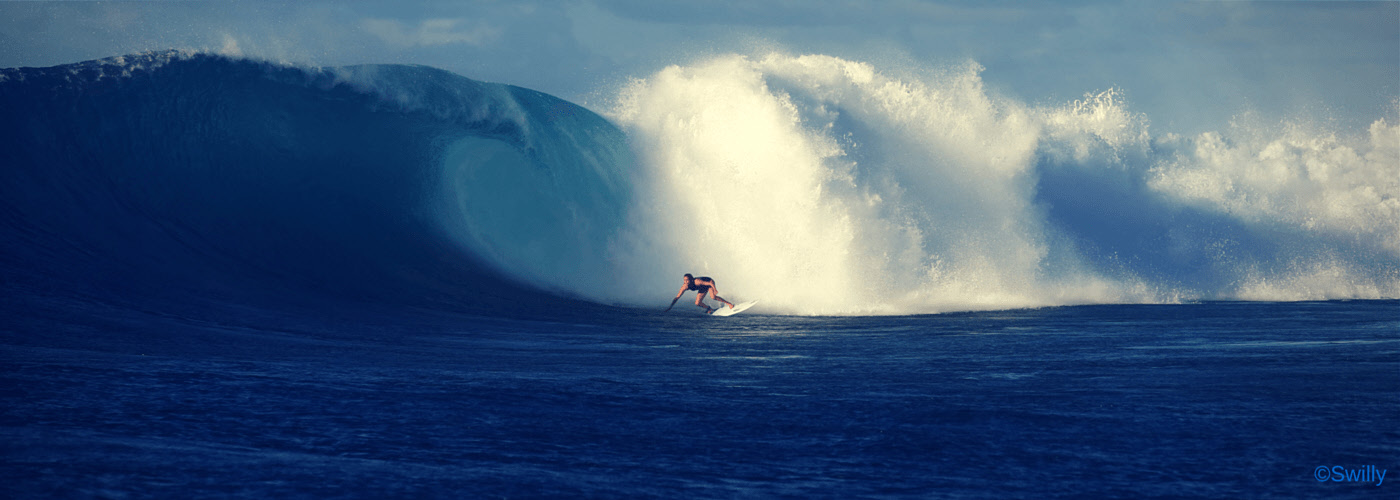
Surfing requires skill coupled with risk and physical demands and those demands have increased tremendously during the last decade. It’s now nearly impossible to achieve certain levels of surf performance without specific surfing training that develops a surfer’s body for extreme movements which are now routinely performed within the surf.
At any beach, on any day, the level of surfing is incredible when compared with only five to ten years back. The repertoires of surfing manoeuvres considered normal today were once thought impossible and put tremendous forces through the surfer’s body, a lot more so than previously. Which means that injury prevention coupled with sports surfing training is recommended for long-term and consistent surfing performance.
Surfers who have become adults all over the world at local beaches are naturally inclined to want to surf bigger waves, try airs, get vertical and get barrelled. These kinds of extreme feats are typically connected with skate and snowboarding and require excellent timing, coordination, and powerful surfing physiques. The higher risk and greater probability of injuries mean that the whole surfing game has ramped up quite a notch. Preparing and nurturing the body to help keep surfer’s physiques fit, strong and supple for these extra demands is important for what is now considered ‘normal’ surfing.
If you wish to constantly improve you need training out of the water as well as loads of surf time. Surf training should be specific to the demands of the sport for best results. It’s very simple to strength train or go running and think this really is the easiest method to enhance your strength and fitness for surfing. Regrettably, this can results in a slower athlete with muscular imbalances, lower energy levels and a limited surf performance.
The complexity of surfing movements today put much more demand on the joints, muscles and central nervous system of the surfer’s body. This elevated stress combined with the speed of movements performed in critical parts of waves means surfers must be more athletically conditioned to constantly adapt and perform in the water. By using surf training methods that professional coaches use to coach their athletes and incorporating full awareness of what challenges the human body specific to surfing, surfers are able to take advantage of surf training and surfing exercises.
If you’re a professional surfer or just getting started and want to improve as a surfing athlete then please visit Surf Strength & Conditioning.